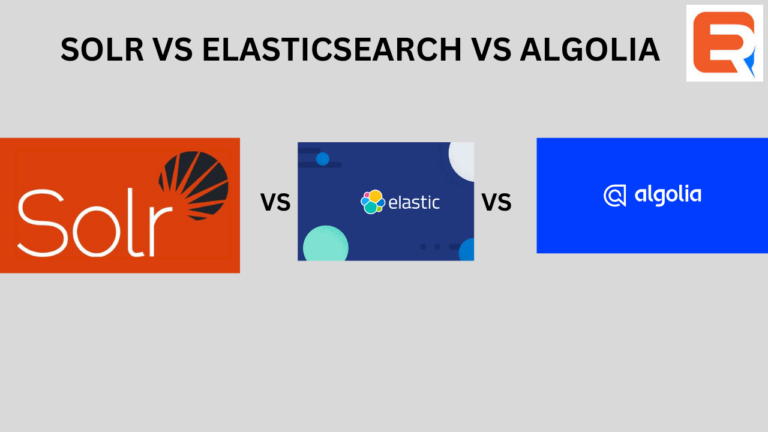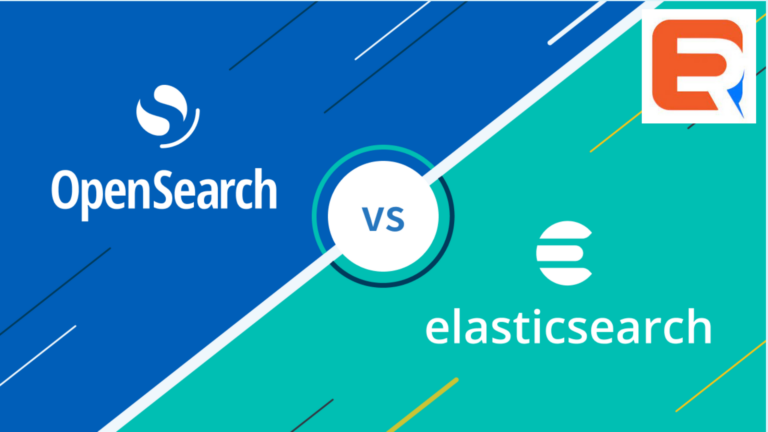In the era of big data and information overload, traditional keyword-based search engines often struggle to deliver precise and relevant results. This is where semantic search, powered by technologies like Elasticsearch, comes into play. In this article, we will explore how Elasticsearch, a popular open-source search and analytics engine, can be leveraged to implement semantic search and unlock intelligent search capabilities.
Understanding Semantic Search:
Semantic search aims to understand the meaning behind user queries and the content being searched, rather than relying solely on matching keywords. It goes beyond simple word matching and considers the context, intent, and relationships between words and concepts. By incorporating natural language processing (NLP) techniques, semantic search enhances the precision and relevance of search results.
Leveraging Elasticsearch for Semantic Search:
Elasticsearch provides a solid foundation for implementing semantic search due to its distributed architecture, scalability, and powerful indexing capabilities. Here are key components and techniques used in Elasticsearch to enable semantic search:
-
Full-Text Search:
Elasticsearch’s full-text search capabilities allow you to search across large volumes of text data efficiently. It supports tokenization, stemming, and term frequency-inverse document frequency (TF-IDF) calculations to rank search results.
-
Query DSL:
Elasticsearch’s Query DSL (Domain-Specific Language) provides a flexible and expressive way to construct complex search queries. It enables the creation of precise queries combining filters, aggregations, and scoring mechanisms to improve search accuracy.
-
Analyzers:
Elasticsearch’s analyzers process text data during indexing and querying, applying techniques like tokenization, stemming, and stop-word removal. Custom analyzers can be created to handle specific language or domain requirements, improving the understanding of search queries and documents.
-
Synonym Expansion:
Synonyms play a crucial role in semantic search. Elasticsearch allows the definition of synonym mappings to expand search queries and improve recall. By associating words with similar meanings, it broadens the scope of search and enhances the user experience.
-
Named Entity Recognition (NER):
Elasticsearch can be integrated with external NLP libraries or services for named entity recognition. NER helps identify and extract entities like people, organizations, locations, and dates from text, enabling more precise search results and facetting.
-
Word Embeddings:
Word embeddings represent words as dense vectors capturing semantic relationships between them. Elasticsearch can utilize pre-trained word embeddings models, such as Word2Vec or GloVe, to enhance similarity calculations and provide more accurate search results.
-
Knowledge Graph Integration:
Elasticsearch can be combined with knowledge graphs or ontologies to incorporate structured semantic information into the search process. By linking entities and concepts, it enhances search precision and enables more advanced navigational and exploratory search experiences.
Benefits and Applications of Semantic Search with Elasticsearch:
-
Enhanced Relevance:
Semantic search improves the precision and relevance of search results by understanding the context and intent behind user queries, leading to better user satisfaction and engagement.
-
Faceted Navigation:

Elasticsearch’s semantic search capabilities enable the creation of faceted navigation, allowing users to filter and explore search results based on various attributes or facets associated with the data.
-
Recommendation Systems:
By incorporating semantic search techniques, Elasticsearch can power recommendation systems by identifying related items, generating personalized suggestions, and improving cross-selling and upselling opportunities.
-
Customer Support and Chatbots:

Implementing semantic search in Elasticsearch facilitates better understanding of user queries, enabling customer support systems and chatbots to provide more accurate responses and improve the overall user experience.
-
E-commerce and Content Discovery:
Semantic search helps users discover relevant products, articles, or other content by understanding their preferences, browsing behavior, and the semantics of the data. It improves the overall user experience and drives conversions.
Conclusion:
Semantic search, powered by Elasticsearch, revolutionizes traditional keyword-based search by understanding user intent, context, and relationships between concepts. Leveraging Elasticsearch’s advanced features like full-text search, query DSL, analyzers, and integration with NLP techniques, businesses can unlock intelligent search capabilities and deliver highly relevant search results. Whether for e-commerce, customer support, content discovery, or other applications, Elasticsearch’s semantic search capabilities pave the way for more efficient and satisfying user experiences in the world of information retrieval.




